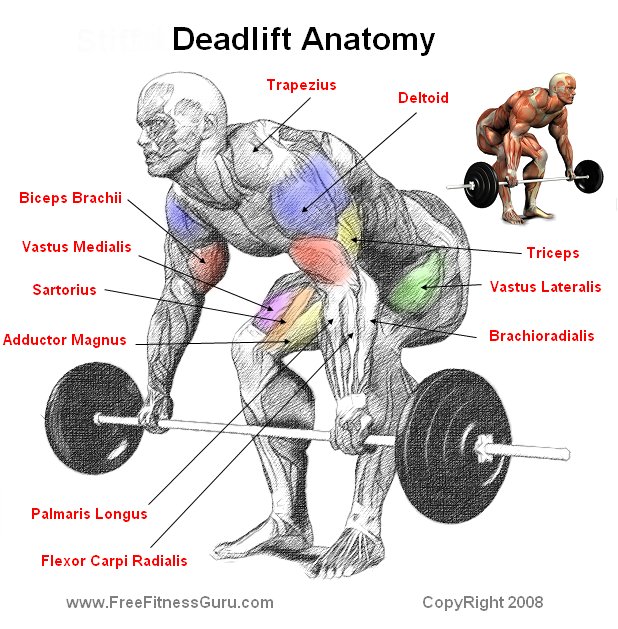I am pretty sure that most of us
(myself included) are guilty of this - when we get ready to jumpstart on our walking,
jogging or even a gym routine, we begin to scavenge the cupboards and drawers
in the house in an attempt to find an old pair of sneakers. And what is wrong
with that? If the shoes can talk, they’d
tell you here’s the problem - “you left me lying there a decade ago and I
may no longer give you the support that your precious feet need.”
For those of you who do not know me
yet, I’m a little fitness enigma who loves everything from running, BodyCombat,
swimming, weights, yoga, pilates to concocting my own little DIY workout
routines.
I
got on this fitness journey over 2 years ago - I had my own fair share of health issues from
kidney stones, binge eating, excessive drinking, risk of being overweight and
as a result, I was also troubled with the emotional consequences of it (more on
that story in another post). I’m not embarrassed to tell you though that I
started with a slow 2 km brisk walk along the Ulu Pandan park connector and
never looked back ever since.
This is also why I want to help you get
on this journey with me (if you haven’t already), and get started on picking
the right shoes. I had the hardest time trying to find the right fit for my
wide, yet very small feet. I scoured the earth (okay I lied, I Googled) trying
to find useful information on what type or brand of shoes are best fit for my
training regime.
To no avail, I also
received many supportive and unsupportive opinions too. Will I stop working out
at one point? Am I wasting my money on a new pair of shoes? Will I chuck them
aside once I get too lazy to workout anymore? Man, it was hard. It was hard
mostly because I had little faith in myself. It was even harder because I wanted
to know exactly what brands are known to build the best training shoes for my
feet type and training routine.
So with this piece of
advice for newbies from a freshie herself, allow me to glorify your bewildering
sports-shoe shopping experience, with as little damage as possible.
1. Believe
in yourself
Here’s the first step
to getting the motivation, believe in yourself and your abilities - trust in
yourself that your health is going to be the best investment you’d ever make
and that it’s a lifestyle change you will soon learn to appreciate. Don’t
listen to what others have to say, unless they’re going to run in your shoes. And
once you do that, start reading further.
2. Know thy
feet
I can’t help you
determine the type of foot you have. I know nothing about foot anatomy. There
are ways you can tell from your footprint or just looking at your foot. But I
strongly advise you to not be afraid to walk into any sports specialty/concept
store like Nike, Asics or New Balance and get an expert insight on the shoes
that best fit your feet.
My best bet would be
the New Balance concept store at Velocity @Novena Square because the guys there
were very helpful in helping me figure out mine. They have a treadmill where they
can watch you walk/run and evaluate your foot and tell you the type of shoes
that best fit you (measurement, foot strike, type and activity). Unless you’re
already an expert, I would suggest that a good sports concept store with
helpful staff could help you determine a better fit for your feet.
This is only the basic
of knowing your foot. Every sports shoe advertisement tells you that they are
the ‘best shoes’ out there, but the truth is that everyone has different needs.
Now, we know these needs will depend on our biomechanics, our weight, the
surface (road vs treadmill), activities we partake in and the type of feet we
have.
3. Shoes,
shoes and shoes everywhere
Unless you’re familiar
with your sport for a while and you know exactly what shoes can best fit your
workout, I wouldn’t suggest you buy a pair by simply trying them on for once. A
common mistake that we make (especially me, I’m a sucker for this) is that we
pick the shoes right off the shelf based on the color(s) or design we love. We
pick B because A looks cheap. We pick C because the design looks expensive. We
pick D because E doesn’t come in the colors we like.
I know because nothing
motivates me more than my favorite pair of training shoes in my favorite color,
yet it is not the best fit as I had a knee injury.
In the event that your local sport store expert is an ass who refuses to shed light on the shoe choices, your feet could fall into one of the few categories according to the sources:

















